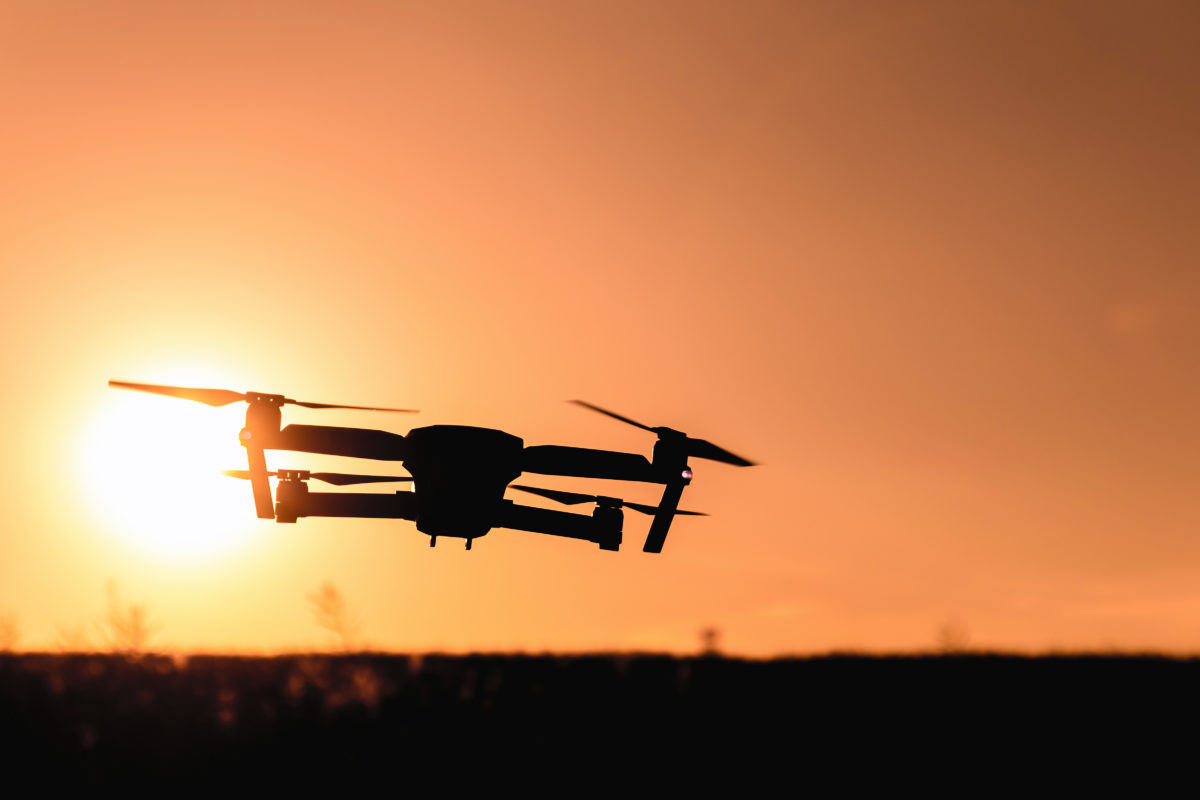This should not be a surprising development – we are simply moving from an energy mix where solar makes up a small portion of supply, to one where solar is a baseload energy source. In order for solar to continue its impressive growth, we need to make sure that it is profitable for larger entities to continue to grow their solar portfolios.
One obvious path to making this a reality, is in establishing better centralized services for solar investors. This may sound counterintuitive, as solar is often applauded for its decentralized aspects, but it is this decentralization that necessitates better centralized services, especially when dealing with multiple plants.
In the early years of solar PV’s rollout, dealing with a single utility scale plant was a significant undertaking. Typically, maintenance operations would take place on a set schedule, with little known about the health or performance of the plant save for blatantly obvious issues. Now, solar O&M is a much more advanced field, and when used properly, can greatly streamline and improve the process of owning and operating multiple PV plants.
One of the most obvious ways in which this can occur is from the gathering and utilization of data. Now more than ever, we live in a data driven society. An organization that is failing to capture and utilize data effectively is one that is falling behind its competition.
In solar O&M, the availability of valuable data has increased greatly in recent years. One way in which we have gone about improving our data collection is through the use of autonomous drones. In fact, to kickstart the expansion of our datasets we acquired Heliolytics, an industry leader in aerial drone imaging.
Utilizing overhead imaging in solar PV plants means that AI can be used to quickly analyze thermal images to identify any faults in solar arrays. One of the most important benefits here is that it also allows plant operators to make more informed decisions on when to physically service plants – sending out workers when they are actually needed, rather than based on an arbitrary schedule.
In order to gain the full benefit of this newly available data, especially when dealing with multiple plants, it is also necessary for a robust platform to aggregate and analyze it. And actually, as plant owners bring more assets online, these platforms bring even more value, as site visits can be coordinated between multiple closely located plants.
Our sunstreams platform is our solution for collecting, analyzing, and utilizing data to empower our customers. We believe platforms such as this will become one of the key cogs in the overall utility scale solar PV machine. Ultimately what needs to happen to ensure growth occurs at the pace necessary, is that it needs to be an easy process for a large entity to handle multiple plants.
The views and opinions expressed in this article are the author’s own, and do not necessarily reflect those held by pv magazine.
This content is protected by copyright and may not be reused. If you want to cooperate with us and would like to reuse some of our content, please contact: editors@pv-magazine.com.



No, we don’t ‘need’ to make this easier for larger entities. One of the major problems with our existing energy infrastructure is that we have made it easy for large corporations. This has a tendency to put to much authority and executive power in the hands of people that have been spoiled by the system.
What we need is to reduce our use as much as possible and then help small, micro producers of locally appropriate energy systems to take care of their own energy.